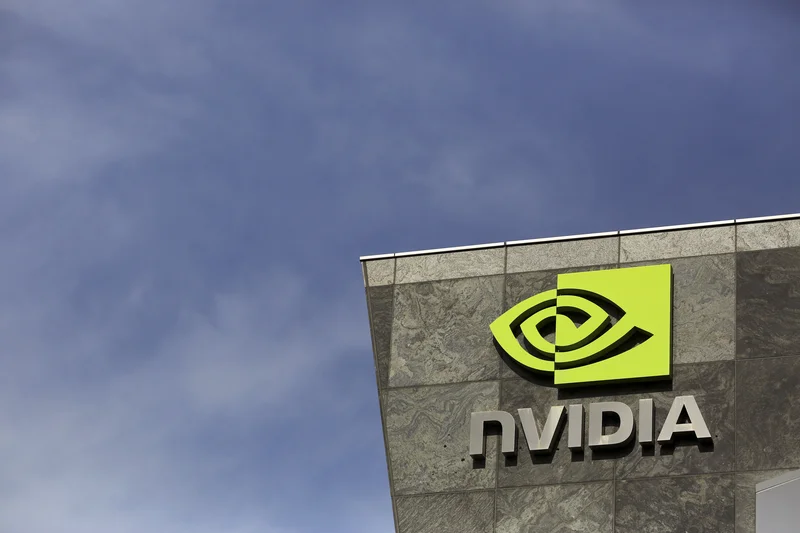Professional Vision. Smarter Crypto Decisions.
Professional Vision. Smarter Crypto Decisions.
Nvidia's recent GTC conference in Washington, D.C., dropped a bombshell: a reported $500 billion order backlog for its Blackwell and Rubin GPUs through 2026. CEO Jensen Huang's pronouncements sent ripples through the market, and understandably so. But before investors start pricing in exponential growth, a little data-driven skepticism is in order.
The headline figure is impressive, no doubt. $500 billion in orders. But let's break that down. The report states this covers 20 million GPUs, with six million already shipped (30% of the total). The remaining 70%, supposedly worth $350 billion, are slated for fulfillment over the next five quarters. That translates to $70 billion per quarter from these high-end GPUs alone. To put that into perspective, Nvidia’s total Q2 fiscal year 2026 revenue was $47 billion.
Now, here's where the analyst in me raises an eyebrow. Are these binding orders, or simply anticipated demand? The article doesn't specify. A binding order usually involves contractual obligations and penalties for cancellation. Anticipated demand is, well, a best-guess scenario. The difference is crucial. If these are non-binding projections masquerading as firm orders, the $500 billion figure becomes significantly less concrete.
Furthermore, what's the average selling price (ASP) baked into that $500 billion? Are we talking about a blended ASP across the Blackwell and Rubin lines, or is Nvidia anticipating a shift toward higher-margin, more expensive models? A slight adjustment in ASP can drastically alter the revenue projections. (A 10% drop in ASP, for example, translates to a $50 billion reduction in the total backlog value.)
The article acknowledges Nvidia's current zero share in the Chinese data center market due to U.S. export restrictions. This used to represent 20% to 25% of Nvidia's data center revenue. The absence of this market is a significant headwind that shouldn't be glossed over.

While there's hope for a future deal, relying on potential political shifts to unlock a crucial market segment is a risky bet. How much of the $500 billion backlog assumes a resolution to the China issue? If the Chinese market remains closed, Nvidia will need to find alternative buyers to fill that gap. It's not impossible, but it adds another layer of uncertainty.
I've looked at hundreds of these filings, and the lack of explicit detail about China's projected contribution to the backlog is unusual, and frankly, concerning. As reported by Nasdaq, "Nvidia Stock Could Skyrocket After Nov. 19. Here's Why."
Nvidia's partnership with Oracle and the U.S. Department of Energy to build AI supercomputers is undoubtedly a positive development. The Solstice system, boasting 100,000 Blackwell GPUs, is a testament to Nvidia's technological prowess.
However, we also need to consider the growing concentration of Nvidia's revenue stream. The article points out that nearly 90% of its revenue comes from data centers, making it heavily reliant on AI spending from hyperscalers. This dependence creates a systemic risk. If AI spending cools down – and there are growing concerns about an AI bubble – Nvidia's revenue could take a significant hit.
Nvidia currently trades at 55 times trailing sales (as of Nov. 11). This valuation leaves little room for error. Any slowdown in revenue growth could trigger a sharp correction in the nvidia stock price today. It's like a high-wire act: impressive, but with a long way to fall if things go wrong.
It's impossible to say for sure. But the $500 billion backlog, while impressive on the surface, requires deeper scrutiny. Until we have more clarity on the nature of those orders, the ASP assumptions, and the potential impact of the China situation, it's wise to approach Nvidia's future prospects with a healthy dose of data-driven skepticism.